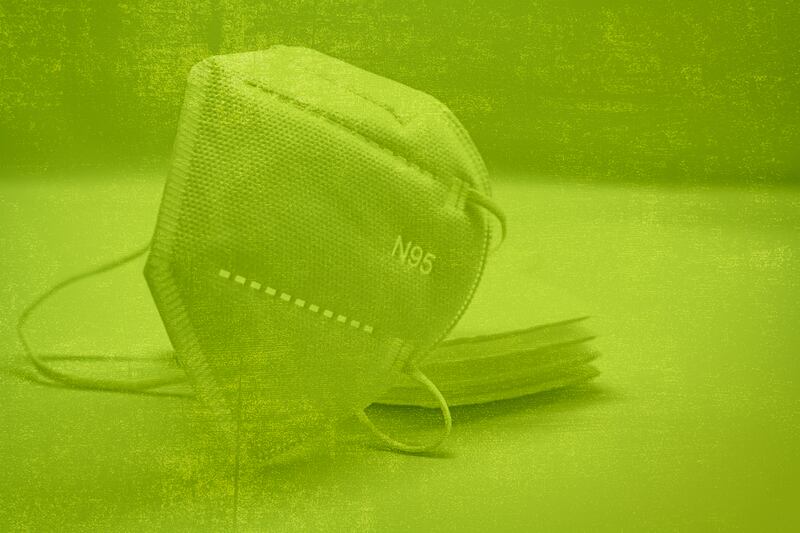Something curious is happening around the COVID-19 conversation. Within a 24-hour period on Thursday and Friday, liberal bastions in the mainstream media have decided Americans can begin considering the possibility that COVID will be declared endemic.
And pieces about the loosening of COVID-19 restrictions in schools and in everyday life were published in the The New York Times, NPR, The Washington Post, San Francisco Chronicle, and The Atlantic.
Even actress Goldie Hawn, writing for USA Today, is arguing for greater normalcy for children, explaining, “We now know those feelings are present in our kids — in many cases, festering until they break out in fearful, sometimes violent ways. We will survive the COVID-19 pandemic, but I’m not sure we can survive an entire generation whose collective trauma sends them hobbling into adulthood. We need more research, more preventative care and more early intervention. And there’s still time.”
It’s truly a moment, one that’s ushering in perhaps a new way of talking about the pandemic moving forward. It’s fascinating to see how this liberal opening on COVID-19 is already changing how some politicians are talking about the pandemic.
Take, for example, Hans Riemer, a progressive Democrat running for office in deep blue Montgomery County, Maryland, where I live. On Jan. 8, he tweeted that the future for schools remaining open included KN95 masks, vaccine requirements and more:
Then, in less than a month, he approvingly retweeted a New York Times column on the possibility of unmasking school children:
Only days earlier this same politician was debating the extension of an indoor mask mandate for any location accessible to the public, such as nail salons and supermarkets. He was arguing for an extension of the mandate across the county — for adults and children —to last until the end of February.
But once The New York Times started to change its tune on masks in school, it seems Riemer did as well. Now masks can come off at a supermarket and at a school?
That was unthinkable just days prior.
In a kind of “Now It Can Be Said” article from NPR about calls to end masks in schools, the author sought to explain why this week is suddenly different from the past 95 weeks of the pandemic: “Across the country, about two-thirds of large school districts currently require students to wear masks. Most commonly, those masks are cloth. And cloth masks, experts say, are insufficient to contain the spread of the omicron variant.”
Of course, omicron isn’t a variant so unlike delta or alpha; if cloth masks don’t work well on omicron, they didn’t work well on other previous versions of the virus either. Appearing on CNN at the end of December 2021, Dr. Leana Wen explained, “Cloth masks are not appropriate for this pandemic. It was not appropriate for delta or alpha or any of the previous variants either because we are dealing with something that’s airborne.”
With this long-overdue admission, and the fact that millions of previously uninfected Americans have now experienced COVID-19 thanks to omicron (including yours truly), it was time for the pandemic rhetoric around mitigation to shift. For some, like the public school district of Los Angeles, which updated its mask policy to exclude cloth masks and require masks both indoors and out, they’re going in the direction of “mask harder.”
In Prince George’s County in Maryland, it’s much of the same, with school CEO Monica Goldson stating, “I have not been thinking about a maskless classroom. The only classroom I’ve been thinking about is one where teaching and learning takes place from the time the kids walk in until the time they leave. The only off-ramp I want is the one where COVID no longer exists,” she added. “I don’t think that that off-ramp will exist. I think this is how our life will be for a (while) and we’re showing that we’re adaptable and we can make whatever necessary changes so that we can keep our students learning and safe.”
But as Democrats and their allies look at the polling data and see a giant swing in the direction of Republicans if they choose to be the party of school masks forever, perhaps there’s an explanation behind an undeniable rhetorical thaw taking place.
That thawing might be too late to change public opinion on the Democrats’ handling of COVID-19 for kids, but it seems to have made an impact on how some progressives are viewing and discussing pandemic policies. Still, it’s too early to see if the sudden change of heart in the pages of prominent liberal publications will be enough to save the remainder of the school year for millions of American kids struggling through year 3 of pandemic schooling.
Bethany Mandel is a contributing writer for the Deseret News and an editor of the children’s book series “Heroes of Liberty.”


